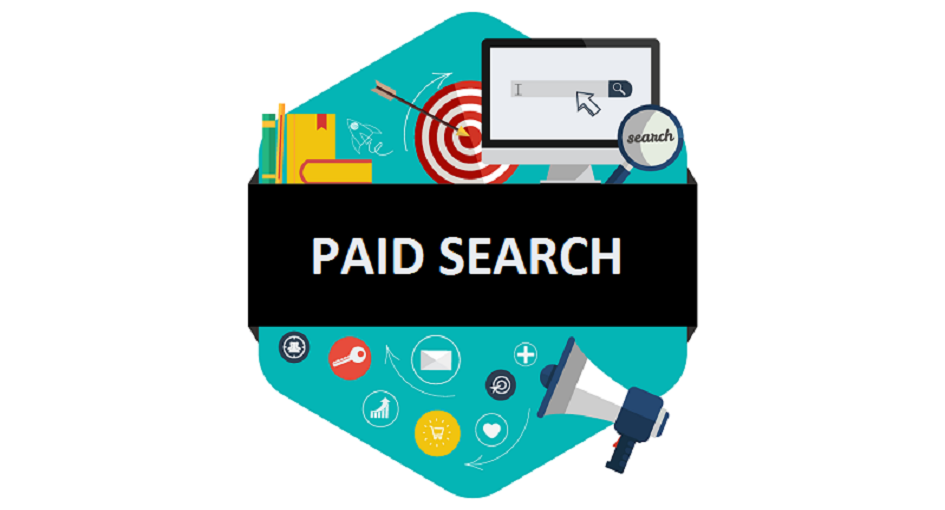
In the fast-paced realm of digital marketing, Pay-Per-Click (PPC) advertising and paid search are invaluable tools that empower businesses to connect with their target audience effectively. If you’re new to this digital landscape, fear not. This comprehensive guide will take you on a journey through the fundamentals of PPC and paid search, providing you with the knowledge and strategies needed to launch successful campaigns and achieve your marketing goals.
Pay-Per-Click (PPC) advertising is a digital marketing model in which advertisers pay a fee each time a user clicks on their ad. It’s a popular advertising method across various online platforms, with search engines like Google being the most prominent.
Referred to as search engine marketing (SEM), encompasses a broader range of paid advertising strategies on search engines. It includes PPC, display advertising, shopping ads, and video ads.

Quality Score: Search engines assign a Quality Score to each ad, considering factors like ad relevance, landing page quality, and expected click-through rate. A higher Quality Score can lead to better ad placement and lower CPC.
Ad Extensions: Enhance your PPC ads with ad extensions, providing users with additional links, phone numbers, location information, and more to improve the user experience.
Ad Rank: Ad rank determines an ad’s position in search results, calculated based on the bid amount, Quality Score, and other factors.
Click-Through Rate (CTR): CTR measures how often people click on an ad after seeing it. A high CTR indicates ad relevance and effectiveness.
Conversion Tracking: Monitor specific actions that users take after clicking on an ad, such as making a purchase or filling out a contact form, to measure the ROI of PPC campaigns.
Budget Management: Set daily or monthly budgets to control your ad spend and ensure it aligns with your financial goals.
Keyword Research: Conduct thorough keyword research to identify relevant keywords that resonate with your target audience.
Compelling Ad Copy: Create engaging and relevant ad copy that entices users to click. Address pain points and highlight benefits.
Ad Testing: Regularly test different ad variations to determine which ones perform best. Experiment with headlines, descriptions, and CTAs.
Ad Scheduling: Schedule your ads to appear during peak times when your target audience is most active.

In the world of Pay-Per-Click (PPC) advertising search, the journey doesn’t end once you’ve launched your campaigns. In fact, that’s just the beginning. To truly unlock the potential of PPC and ensure its effectiveness, you must embark on a continuous journey of optimization. This chapter explores the vital role that ongoing optimization plays in the success of PPC campaigns.
Optimization begins with a deep dive into the data generated by your PPC campaigns. You’ll want to pay close attention to key performance metrics such as:
In conclusion, embarking on your PPC and paid search journey as a beginner may seem daunting, but armed with this guide’s knowledge and strategies, you’re well-equipped to navigate the digital marketing landscape. As you dive deeper into the world of PPC, remember that learning, experimentation, and adaptability are your allies. With dedication and the right strategies, you can harness the potential of PPC to enhance your online presence and drive meaningful results for your business.